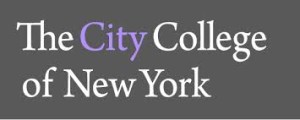Direct writing of polariton condensate lattices at room T
The work appears in Nano Letters – led by Dr. Ravindra Kumar Yadav
Here we report the realization of a room temperature polariton condensate lattice using a direct-write approach. Polariton condensation is achieved in a microcavity embedded with an organic dye (rhodamine) in a small-molecule ionic isolation lattice (SMILES). The microcavity is patterned using focused ion beam etching to realize arbitrary lattice geometries, including defect sites on demand.

